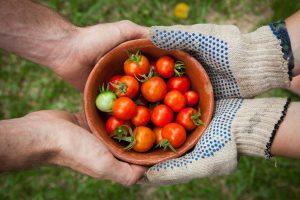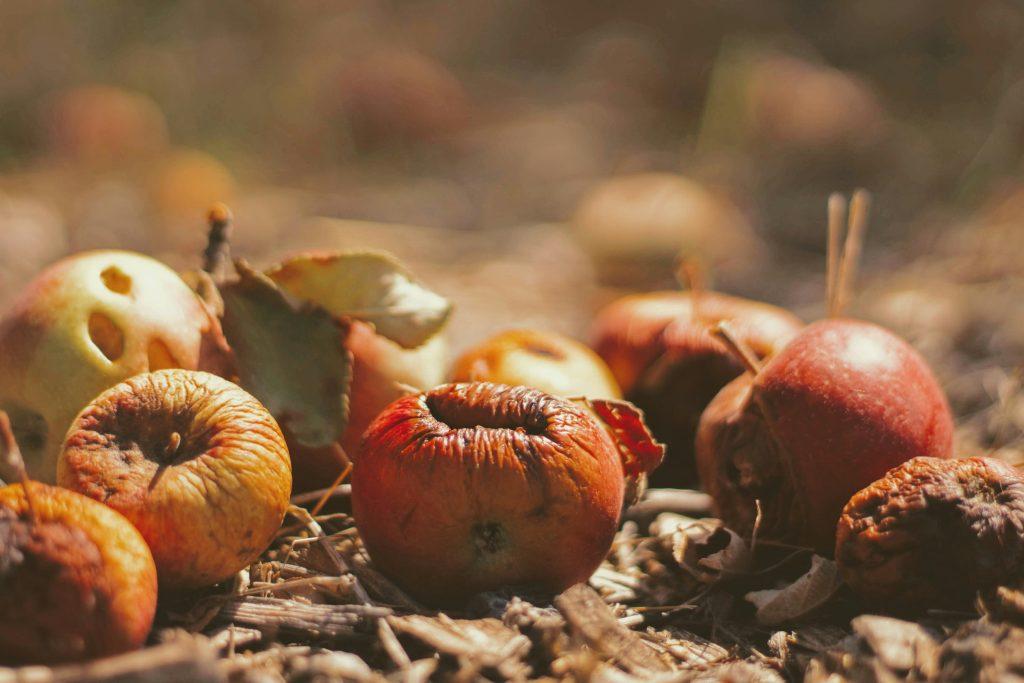Food Waste Vs Food Loss
Food loss and waste are mammoth issues as we move towards a more sustainable world and food system. Food loss and waste release methane into the atmosphere while decomposing, creating a serious environmental impact. Not only does food waste and loss create an environmental impact, but a social one, with 130,000,000 people going to bed hungry every night.
14 % of food is lost from the farm gate to the consumer, and this does not include the food lost during farm production.
Before we get into ways of solving or minimizing it, let’s first define Food Loss and Food Waste.
Food Loss
It is defined as food that is lost from production to the consumer, so from the farm, the food travels throughout production distribution until it reaches the consumer.
Food loss could result from weather events on the farm, an oversupply of produce, or the ridiculous standard we have set for the appearance of our fruit and vegetables, meaning the food doesn’t reach the consumer.
Food Waste
Consumers waste food in their homes or restaurants. In restaurants, this can look like food that comes back on plates from customers, food that is wasted during production, or food that is lost from spoilage due to overordering or poor stock rotation.

The United Nations Sustainable Development Goals, 12.3, is dedicated to food waste and loss. It reads, “By 2023, to half per capita global food waste at the retail and consumer level and reduce food loss along the production and supply chains, including post-harvest loss.
The Australian Federal government has followed the United Nations Sustainable Development Goals after the Paris Agreement and released a framework on how we, as a nation, will meet these targets.
https://www.dcceew.gov.au/sites/default/files/documents/national-food-waste-strategy.pdf

So, as we move to half food waste as a country and as a business, we want to stay ahead of legislation, reduce our food costs, and play to our consumer confidence.
How do we look at food waste in food service? Academic research shows that food waste within our food service businesses comes from 3 main streams.
Plate Waste – Food left over from the customer once it returns to the kitchens.
Spoilage Waste- is food that is wasted due to food safety when it is simply not safe to consume. This is normally due to poor stock control, overordering, or overproduction.
Preparation Waste– The waste that comes through our preparation, such as the tops of the carrots, offcuts of eggplant, etc. Preparation waste comes mostly from the chef.
Here are our top tips for Lessening food waste in your food service operation: not only does it support international goals and the environment, but we see, on average, a 2% to 3% reduction in food cost when food waste is controlled, in some cases higher.
- Measure your waste and create SMART targets in your restaurant. You can choose one item, the item that produces the most waste.
- Creating a strong ordering and par-level system to minimize spoilage waste.
- Creating menus where preparation is cross-utilized.
- Creating an aware team and workforce and fostering sustainable responsibility, we have workshops available for your team to create awareness. Check out our services for more information.
- Controlling portion sizes, potentially refillable sides.
- Partnering with a local food recovery group can even be in conjunction with restaurants around you.
- Buy locally: We hear it all the time: buying locally significantly lessens the amount of time food stays in the supply chain.
- Book a call with us for more information and tips or to discuss food loss and waste. We love to share our knowledge.

